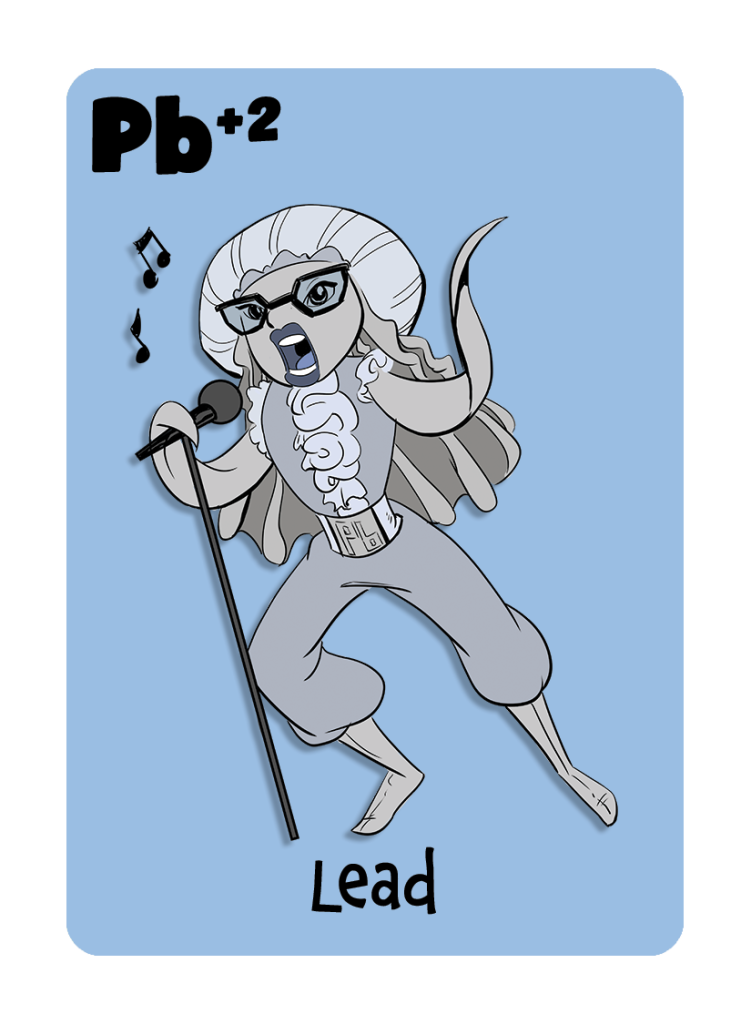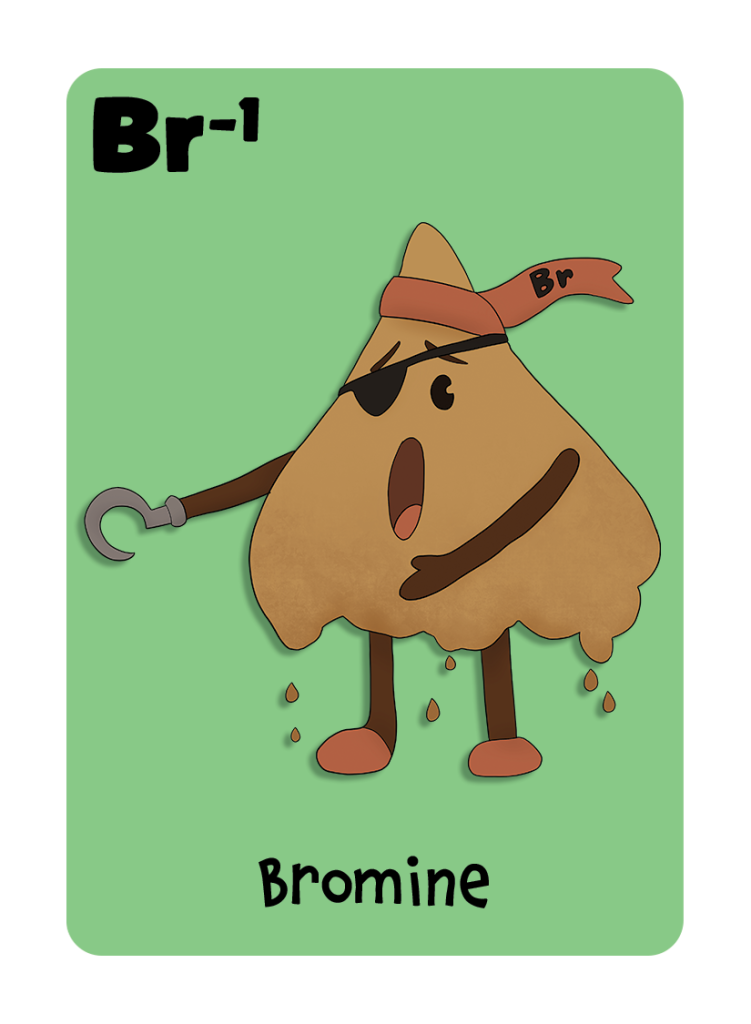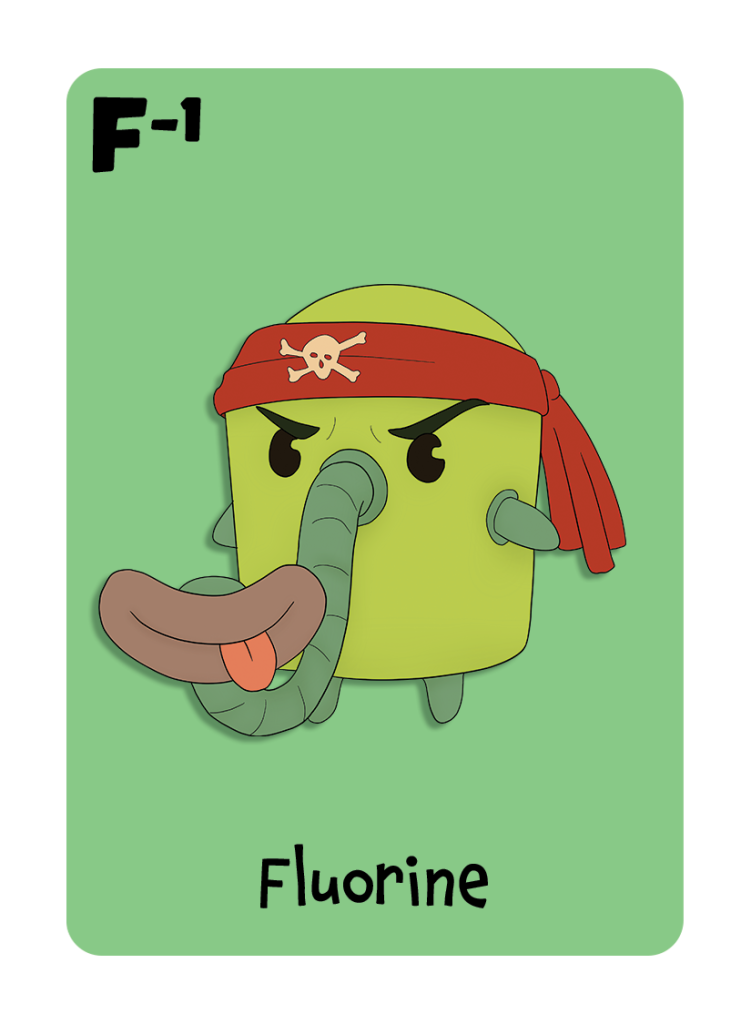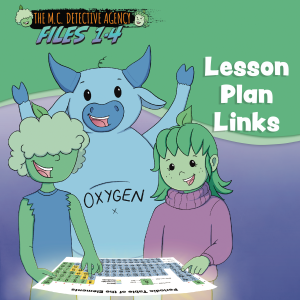How “Zero is Our Hero” Can Be Implemented in a Game of Ionic Ooze
Written by: Dr. Colleen Kelley
“Zero is Our Hero” is a phrase often used by the character Ray in the M.C. Detective Agency series of chemistry comic books. He is stating that the sum of cations + anions in a formula must equal zero. This is always true. This is also the premise for the card game, Ionic Ooze. Players discard cards that create a correct ionic formula, which, of course, is a formula where the cations + anions equal zero.
The intent of this game (and what Ray is saying in the comic books) is for players to create simple ionic compounds that comprise of one type of cation and one type of anion to get zero. For example, a player could have these cards in their hand:





A simple ionic compound would be for the player to lay down the Pb+2 with Br-1 and Br-1 to create the ionic compound PbBr2, lead (II) bromide. This adheres to the principle of one type of cation (Pb+2) and one type of anion (Br-1). This is standard practice and good to adhere to when learning chemistry. These simple ionic compounds are used exclusively through advanced high-school and introductory college chemistry.
However, if a student goes on in chemistry to take a course in Inorganic Chemistry, usually a 300- or 400-level course, they will be introduced to complex ionic compounds. Examples of these are:
- Potassium hexacyanoferrate (II) K4[Fe(CN)6]
- Ammonium hexafluorosilicate (NH4)2[SiF6]
- Tetraamminecopper(II) sulfate [Cu(NH3)4]SO4
Clearly these are complex and have more than one type of cation and anion. While it’s not apparent, they also still equal zero.
So, could a player from the first example put down cards that equal the sum of zero and have more than one type of cation and anion, e.g. one Al+3, two Br-1’s and one F-1? They would discard AlBr2F as their compound. The answer is technically, yes. However, this may lead to poor habits early in learning chemistry and we suggest that we stick to the simple ionic compounds to establish best practices.







